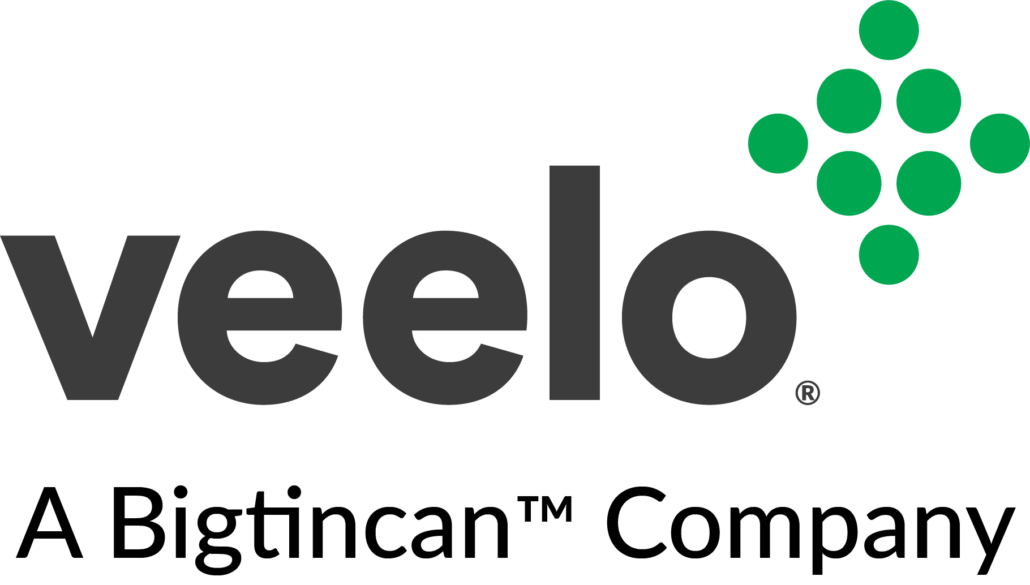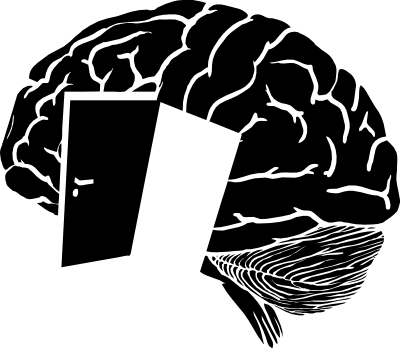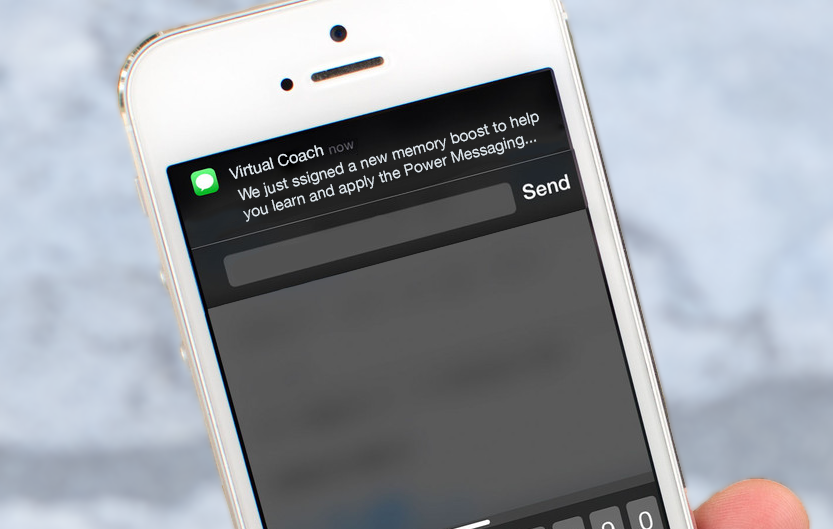9 Tips for Sales Coaching
As we all know, training and coaching salespeople is crucial in the overall success of a sales team. Even naturally gifted sellers need great resources and management support to rely on to be happy and productive. This is often a management challenge with just 24 hours each day and numerous salespeople and teams in different locations. The emphasis on great coaching is worth it and will pay dividends now and in the future. According to CSO Insights, 20% more sales reps achieve quota at companies with effective coaching compared with companies that have poor coaching. Also impressive is a 43% decrease in sales force turnover.
Not surprising, we find that the best training and effective coaching is in the field and in the moment, and now, with technology, this is easier than ever to do. Technology can become a seller’s sales assistant and truly act as a mentor whispering in your salesperson’s ear with selling tips, content suggestions and memory boosters.
Tips for Coaching with the help of Sales Enablement Technology
1. Design Seamless training – Design your overall training program with the long term in mind. Focus on initial product information that the salesperson needs right away, sales techniques to create great customer relationships, and then closing language, which emphasizes value and creates urgency.
2. Identify areas of challenge early – What do your salespeople need help with? Typical early challenges involve positioning and messaging, or asking the right discovery questions.
3. Keep information and modules short – Build trust with the salesperson that they can invest five minutes and come out with a solid piece to immediately help them.
4. Make information easy to get to, searchable and fast – Make the information and training part of the daily workflow. Even better if they can get to it in two or three clicks.
5. Have your prompts include a mix of short training bursts, job aids and sales content – Your sales people need all three in the moment to be most effective.
6. Create interactive activities to increase memory – Rather than just telling salespeople something, have them think through examples and participate in providing an answer. Memory games and exercises can be entertaining and, more importantly, they work in improving recall.
7. Add learning modules and prompts to the CRM – Especially effective for inside sales reps, prompts help immensely as salespeople call on accounts and progress a prospect through the buying process.
8. Align training modules and virtual coaching with the sales managers – Weekly push reports can provide a snapshot of training used by sales people with their progression and competency. If managers can zero in on gaps and provide added examples and reinforcement, the faster the salespeople can get up to speed.
9. Monitor and track for continuous improvement – Correlate usage of the training modules and virtual coaching to time-to-first-opportunity, the time-to-sale and more. If you can learn what sales people are using and what is leading to more sales, you will soon know what they need more of.
Today’s sales effectiveness platforms and applications are making real time coaching a reality and best of all? It works!


 Has this ever happened to you? You get up from your desk to do something and by the time you get to the next room, you’ve completely forgotten what you meant to do. Frustrating, right?
Has this ever happened to you? You get up from your desk to do something and by the time you get to the next room, you’ve completely forgotten what you meant to do. Frustrating, right?
